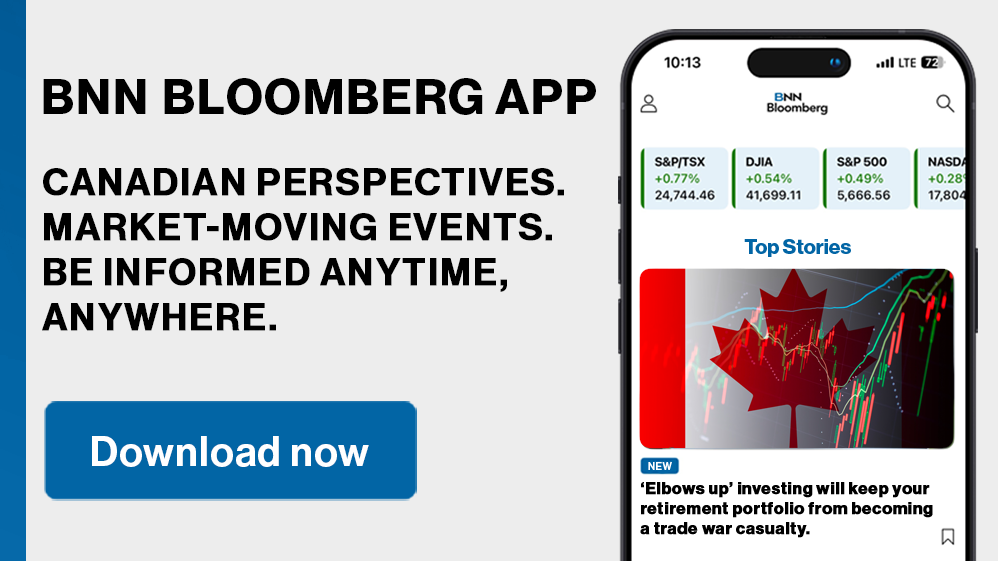(Bloomberg) -- Two of the world’s biggest oil traders are expecting the market to be oversupplied next year — but both agree that Donald Trump might just change everything.
Trafigura Group and Gunvor Group, who between them handle millions of barrels of physical oil and fuel each day, said their core assumption is that supply will eclipse demand by just shy of 1 million barrels a day next year. Those estimates, broadly in line with the International Energy Agency, assume OPEC and its allies won’t add supply — something that, on paper at least, they’re committed to doing.
The estimates suggest that mainstream ideas for a glut are about right even if, as one senior trader at another merchant said privately, there is a significant margin for error in trying to calculate future gaps between supply and demand.
Still, there is near universal agreement that Trump — in particular his policy toward Iran — is a critical source of uncertainty for the market. During his previous term, the incoming president imposed a so-called maximum pressure policy toward Tehran, aimed at slashing the country’s oil exports and revenue.
“The world in which balances look much tighter is one in which Trump does apply maximum pressure on Iran and OPEC doesn’t bring back barrels,” said Saad Rahim, chief economist at Trafigura. “If we lose a million barrels a day from Iran, that’s a tighter market.”
The incoming US president gave a taste of his willingness to step into global energy markets. He warned that Europeans need to buy more American oil and gas or face tariffs. And a Trump administration may well have implications for the war in Ukraine and output in Venezuela. He has also been a longstanding critic of OPEC.
Physical traders get a front row seat on supply and demand as a result of the volumes they handle each day. They need to know how much is coming out of the ground and the pace at which it’s being consumed all over the world. Increasingly, they’re also becoming more involved in owning parts of the supply chain - selling petrol at the pump to consumers and refining crude into fuels and chemicals.
Volatility Crash
They also thrive during periods of volatility, something that’s disappeared this year. Whether that persists into 2025 will hinge in part on whether the predicted oversupply materializes — as well as on what Trump does.
“There are some big question marks which today are anyone’s guess, mostly related to Trump’s policies,” said Frederic Lasserre, Gunvor’s head of research, who sees stockbuilds of about 900,000 barrels a day, assuming OPEC+ doesn’t add barrels. “Going short now you have to be brave. Yes, fundamentals are not so great, but market participants know that geopolitics will play a role next year for sure.”
Another trading company, BB Energy, said it sees non-OPEC supplies “pilling pressure” on prices. It expects the oil market to face major challenges as weaker demand meets a growing supply surplus.
“Unless we see an unexpected geopolitical shock or a stronger recovery in demand, crude prices may flirt with new lows,” the company said in an emailed response to questions.
There isn’t unanimity though. The senior trader at a large merchant said a widely predicted 2025 excess amounts to a rounding error in a world of 8 billion people.
He agreed, though, that a Trump presidency is the market’s biggest wildcard.
The potential impact on supply from Russia to Iran, as well as possible energy tariffs on American imports from Canada and Mexico, all offer significant risks to the market’s current outlook. There’s also the wider question of how tariffs will impact the global economy and consumption.
“Everyone looks at that starting balance and gets bearish very quickly,” said Trafigura’s Rahim, who expects builds of about 800,000 barrels a day. “Overall it feels like we have a lot of supply potentially coming on and that demand would have to do something fairly extraordinary to surprise to the upside.”
©2024 Bloomberg L.P.














